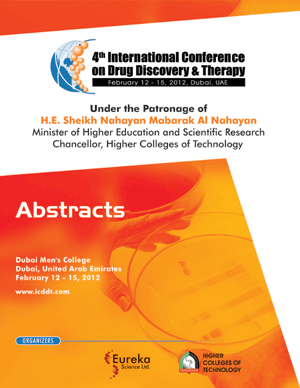Abstract
Nanomaterials, a category of materials with a dimension in the nanometric
range (1 nm-100 nm), were first recognized in 1959. They have unique physical,
chemical, and mechanical properties, with nanoparticle size affecting properties like
melting temperature, ionization potential, colour, electron affinity, electrical
conductivity, and magnetism which is different from their bulk material.
Nanotechnology improves biomarker development and aids in developing more
sensitive treatments in medicine using nanodevices which enhances drug discovery by
improving the understanding of biological processes, disease mechanisms, and
signalling pathways.
This chapter provides an overview of nanomaterials and examines their distinct
properties. The key top-down and bottom-up methods for synthesizing nanomaterials
are also explained along with specific examples. The chapter will also include a
summary of several nanoparticle characterization methods and the attributes associated
with each method. In addition, comprehensive information about advanced devices that
have been inspired by nanotechnology to increase the efficiency of the drug
development process through a better understanding of the biological mechanisms
underlying diseases, signalling pathways, and the precise effects of medications have
also been discussed. The chapter will conclude by outlining the advantages and
challenges of using nanotechnology in drug development and treatment.






















